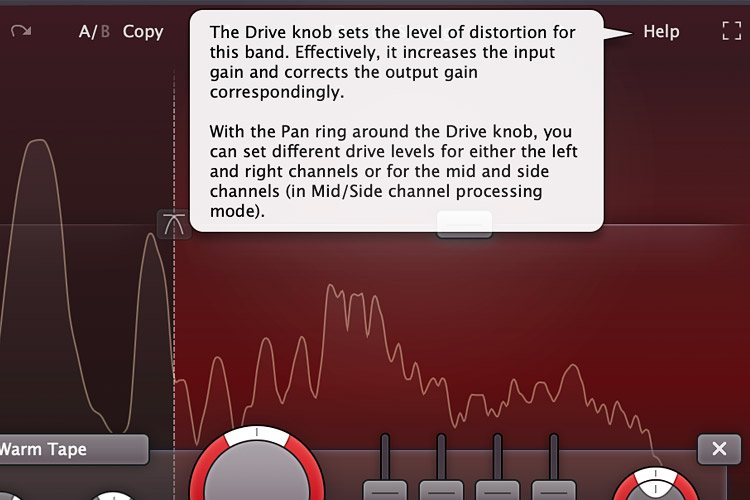

You can assign a modulator to as many controls as you like, and as many modulators as you like to one control, up to a maximum of 50 and clicking the M button on a control highlights all of the slots modulating it.Ĭhief among the modulators is the amazing XLFO, a highly configurable modulation step sequencer (up to 16 steps) with its own graphical editing interface.
FABFILTER SATURN DISTORTION MOD
To assign targets simply drag the 'source drag button' from the modulator to the desired parameter in the selected band and set the mod depth using the slider. Hit the Modulation tab to reveal the slide-down interface, then click in as many envelope generators (six max), envelope followers (four max), XLFOs (six), XY controllers (four) and MIDI CC sources (10) as you need. Oh, and then there's FabFilter's superb modulation system, of course, which is as awesome here as it is in the company's other plug-ins and enables you to design set-ups of staggering complexity. The Mix knob, meanwhile, enables parallel processing.įurther sound shaping is on hand in the shape of the Dynamics knob, a feedback loop with a ringing frequency range of 10-1000Hz (for emulating mic/speaker feedback), and a four-band amp-style 'tone' EQ. There's also a mid/side conversion mode, in which, rather than L/R panning, the Drive and Level pan controls set the balance between the mid and side signals for each of those two stages. The Drive knob sets the level of the input signal into the algorithm (and changes the colour of the display background) and can be panned, for stereo effects.

Destroy mode, for example, wantonly combines bitcrushing, sample rate reduction and soft clipping and Smudge does all manner of weird temporal stuff. So, what can you actually do to each of those bands? Saturn offers 16 saturation, distortion and clipping Styles, taking in tube, tape and amp algorithms, as well as a trio of extreme 'creative' distortions.Įach band can be set to its own Style, and everything from gentle tape-like warming to total decimation is catered for with the regular options, while the three mad ones push things over the limit (pun half intended). Up to six bands can be activated, and for extra editing wiggle room, the GUI has a Wide setting, about 30 per cent wider than the Normal one. The frequency range on either side of the line becomes a separately controlled band, the volume of which is set by raising or lowering the handle that appears in the middle (or via the Level knob).Ĭlick a band to select it for editing with the main controls, all of which operate on a per-band basis, including distortion Style drag to select contiguous bands hold Ctrl/Cmd to select non-contiguous bands etc. The crossover appears as a vertical line, which can be dragged left and right to the desired frequency. To add a multiband crossover (with a fixed 24dB/octave slope), click the '+' button that appears when the mouse pointer approaches the top of the display.


 0 kommentar(er)
0 kommentar(er)
